Intel Announces Discrete Quad-GPU Server Card and OneAPI Gold
Intel pulled the wraps off its 'Intel Server GPU' today, unveiling a discrete graphics card for servers manufactured by its partner H3C. The new card consists of four separate Iris Xe Max discrete graphics chips, formerly codenamed DG1, that are also used as discrete GPUs in laptops. Instead of the typical use case for server GPUs, like machine learning workloads, the four processors work in tandem to process Android cloud gaming and media transcode and encode workloads for real-time video streaming.
Intel says it has now delivered on its GPU roadmap for 2020, and that it recently powered-on the Xe HPG discrete gaming graphics card, meaning it appears to be on track for a 2021 release. Additionally, Intel says it has released the design of its Xe HPC GPU, Ponte Vecchio, for development and is awaiting the first power-on testing.
Intel's new server GPU replaces the company's Visual Compute Accelerator (VCA) that used three Xeon E3 processors and their onboard Iris integrated graphical processors (IGP) for similar tasks.

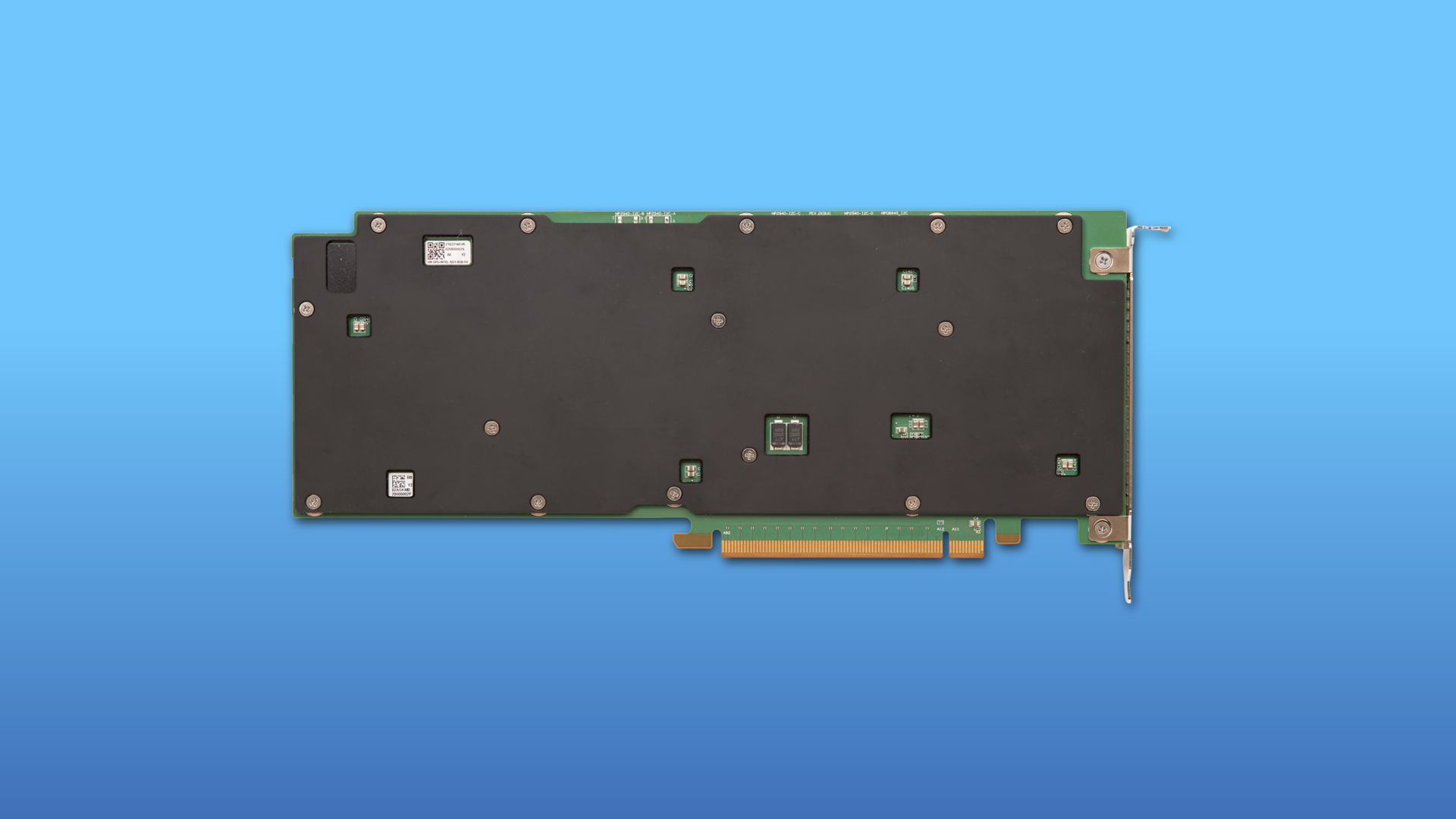
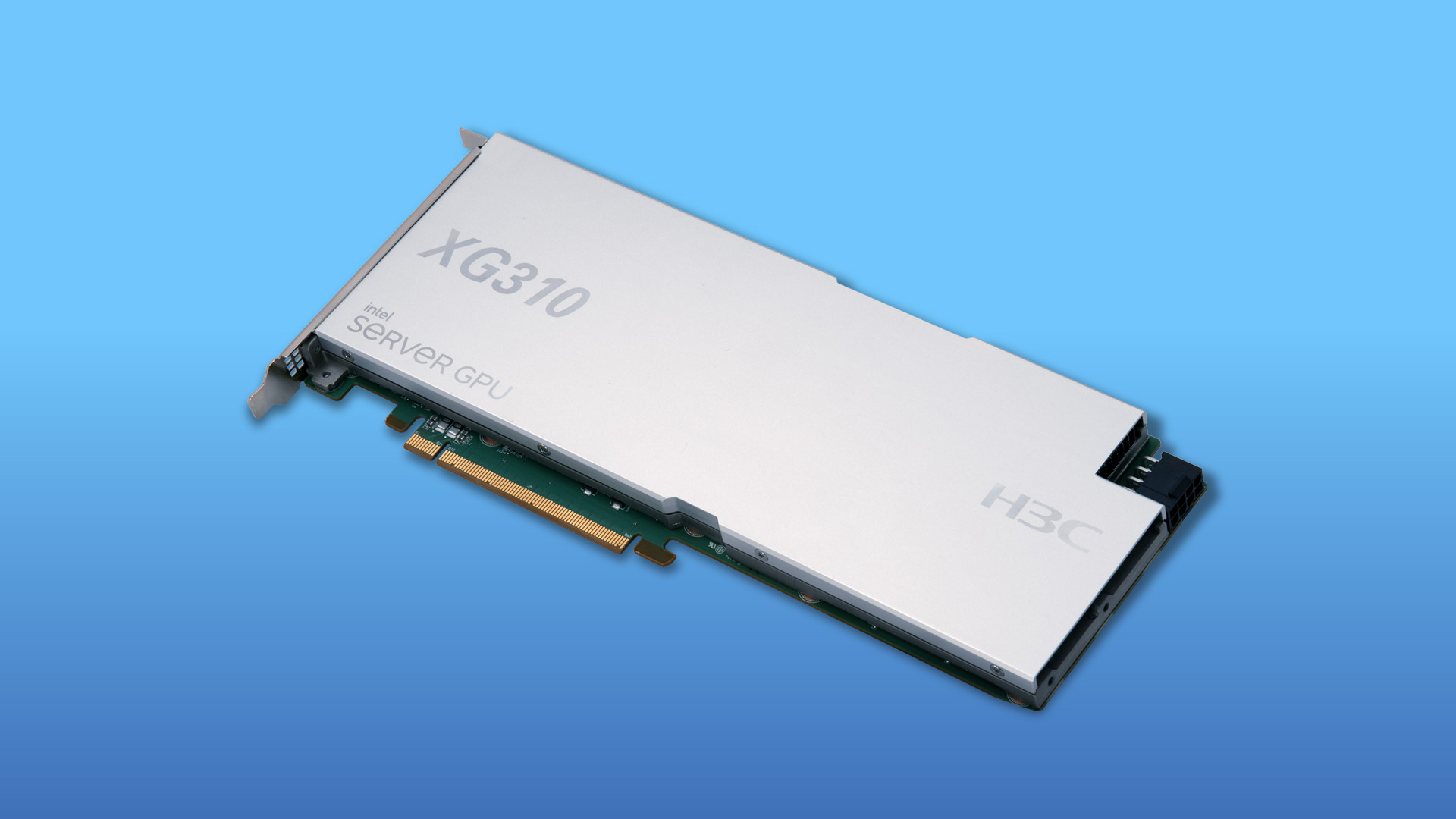
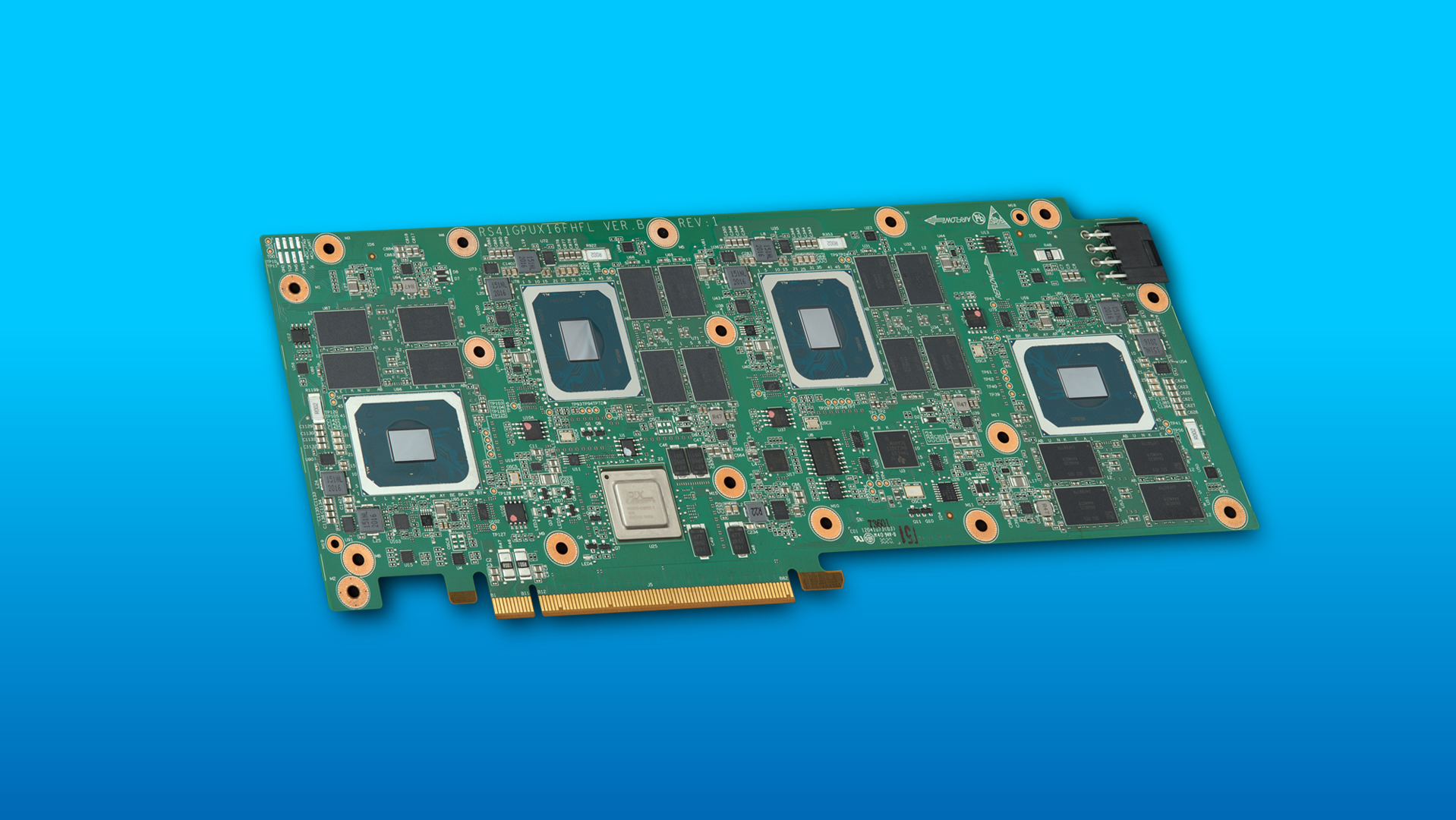

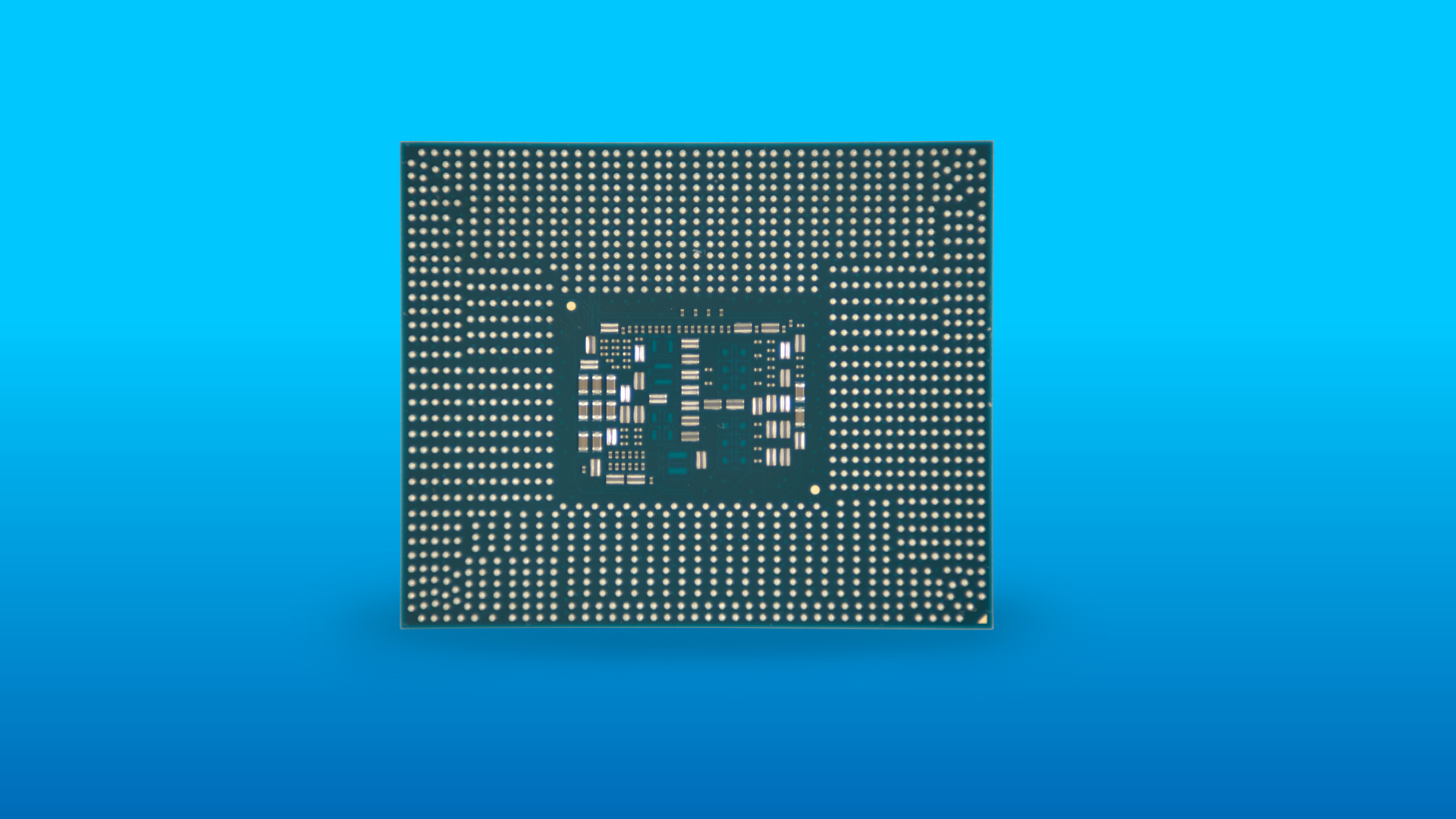
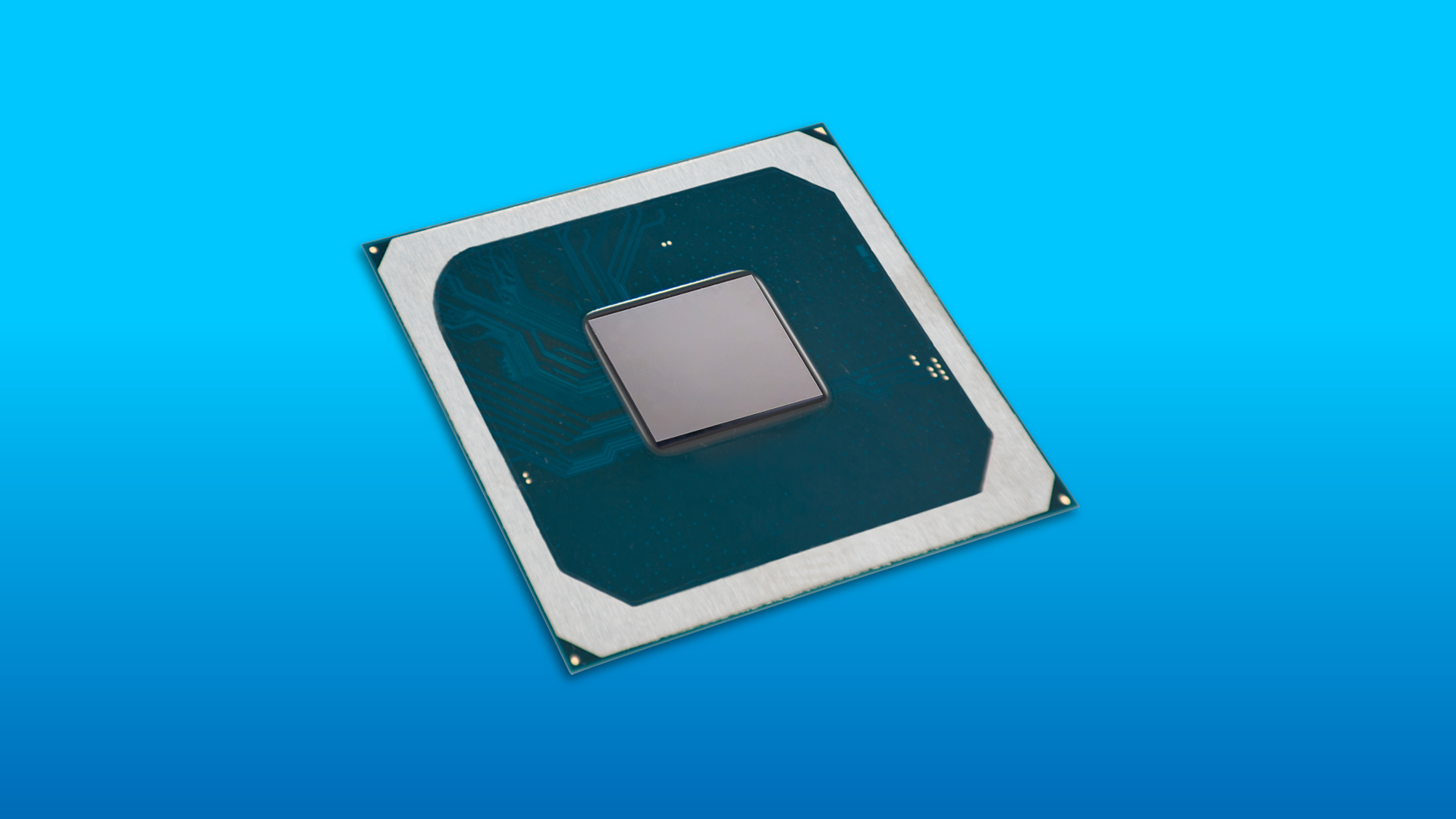
The first Intel Server GPU comes as the XG310 from H3C. The PCIe 3.0 x16 add-in card (AIC) has a full-height, 3/4 length form factor and uses an 8-pin connector for auxiliary power. Intel recommends four cards per server as the optimal configuration. As with Intel's Iris Xe Max GPUs, each GPU LPDDR4X memory that interfaces with the chip over a 128-bit connection that feeds 96 execution units, but Intel has boosted capacity from 4GB to 8GB. The chip itself is fabbed on Intel's 10nm SuperFin process. Naturally, the card support Intel's Deep Link feature that allows the GPUs to process workloads simultaneously.
The card supports many of the same features found on the standard Iris Xe Max GPUs, like accelerated AVC, HEVC, MPEG2, VP9 encode/decode, and AV1 decode. The card also supports a media plugin for FFMPEG, an open-source framework for video streaming, allowing application compatibility on both Intel Xeon processors and the Intel Server GPU. Intel also uses its Bridge Technology to allow certain Android applications that aren't written in Java or compiled to run natively on Intel processors to run on the device.
Intel provided a demo during its presentation that outlined each card streaming 15 streams of the game Arena of Valor per GPU for a total of 60 streams per card at 720p at 30 fps. Intel says that a two-card system can support up to 100 simultaneous users with this title, and up to 160 streams with other titles.
Intel says its Server GPU is now shipping to partners.
Get Tom's Hardware's best news and in-depth reviews, straight to your inbox.
Intel OneAPI Gold Release
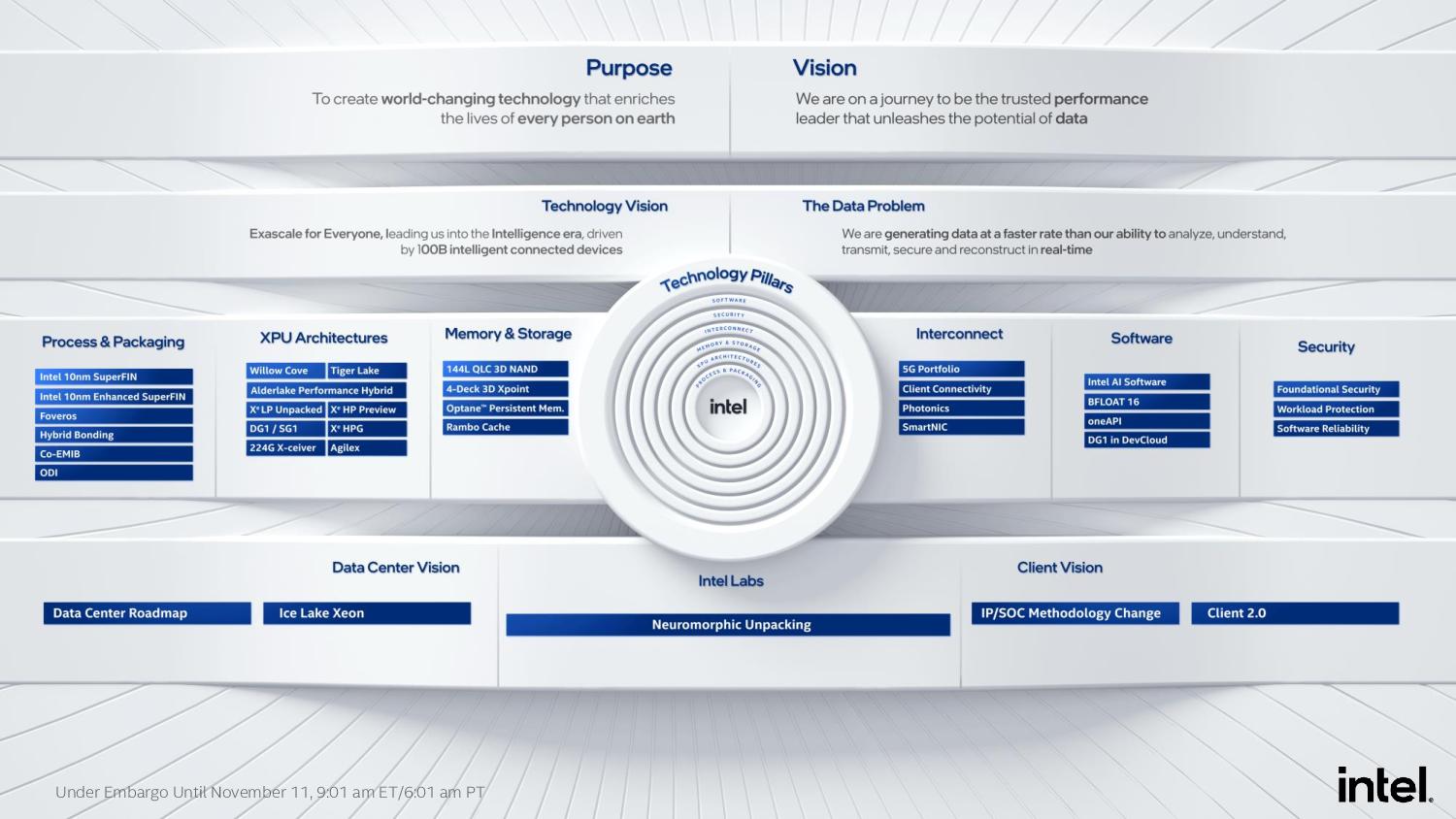
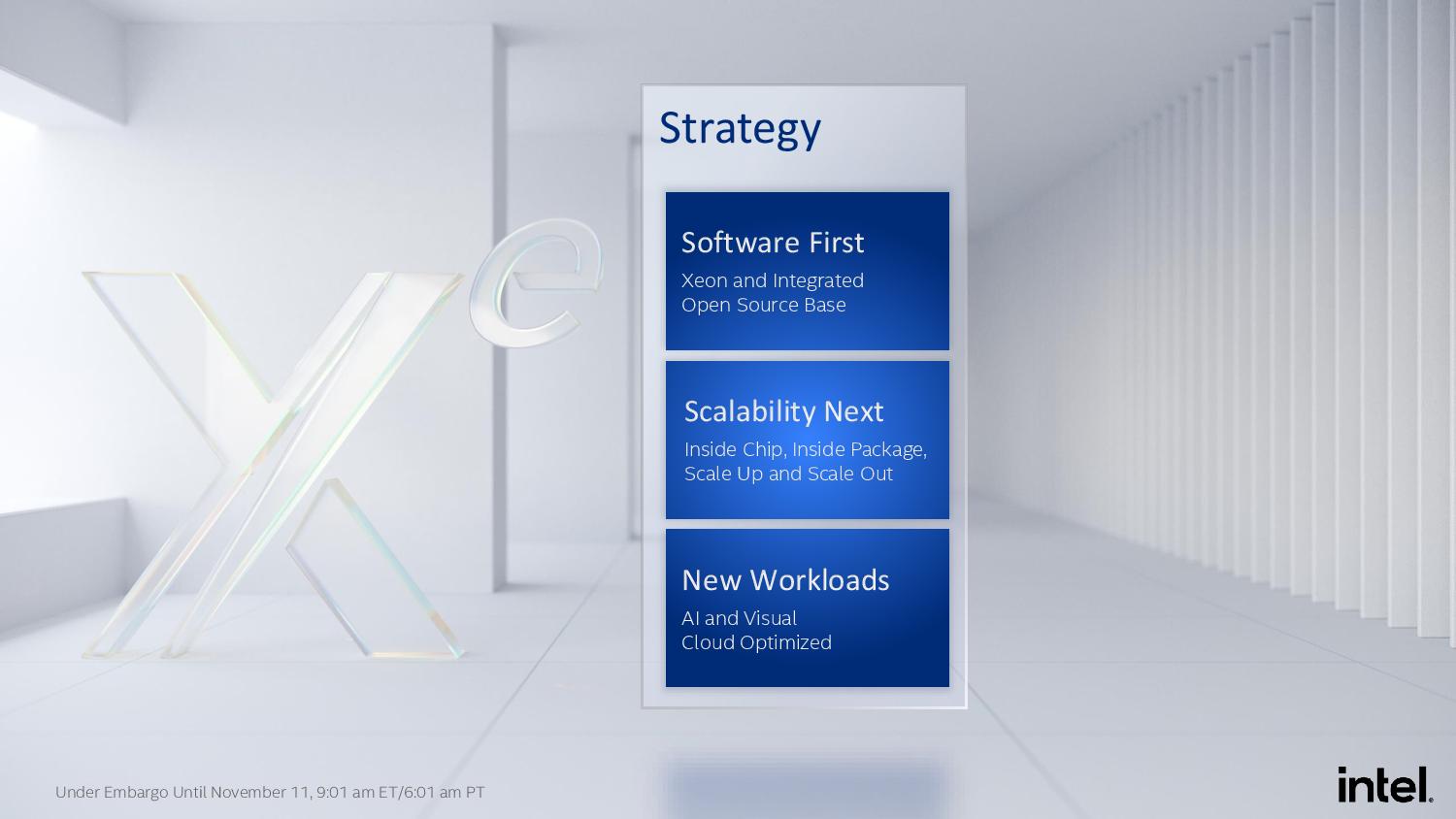
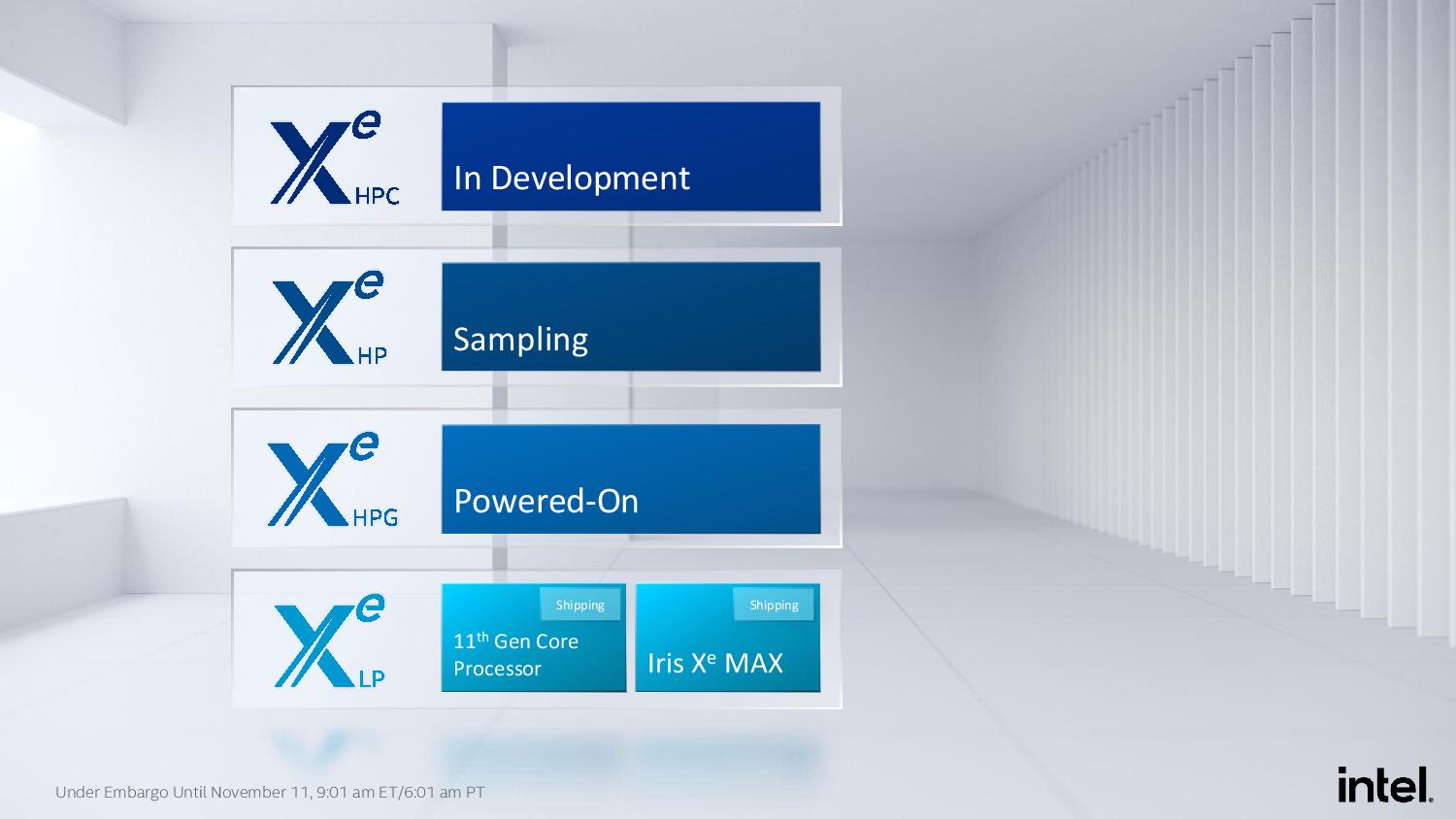



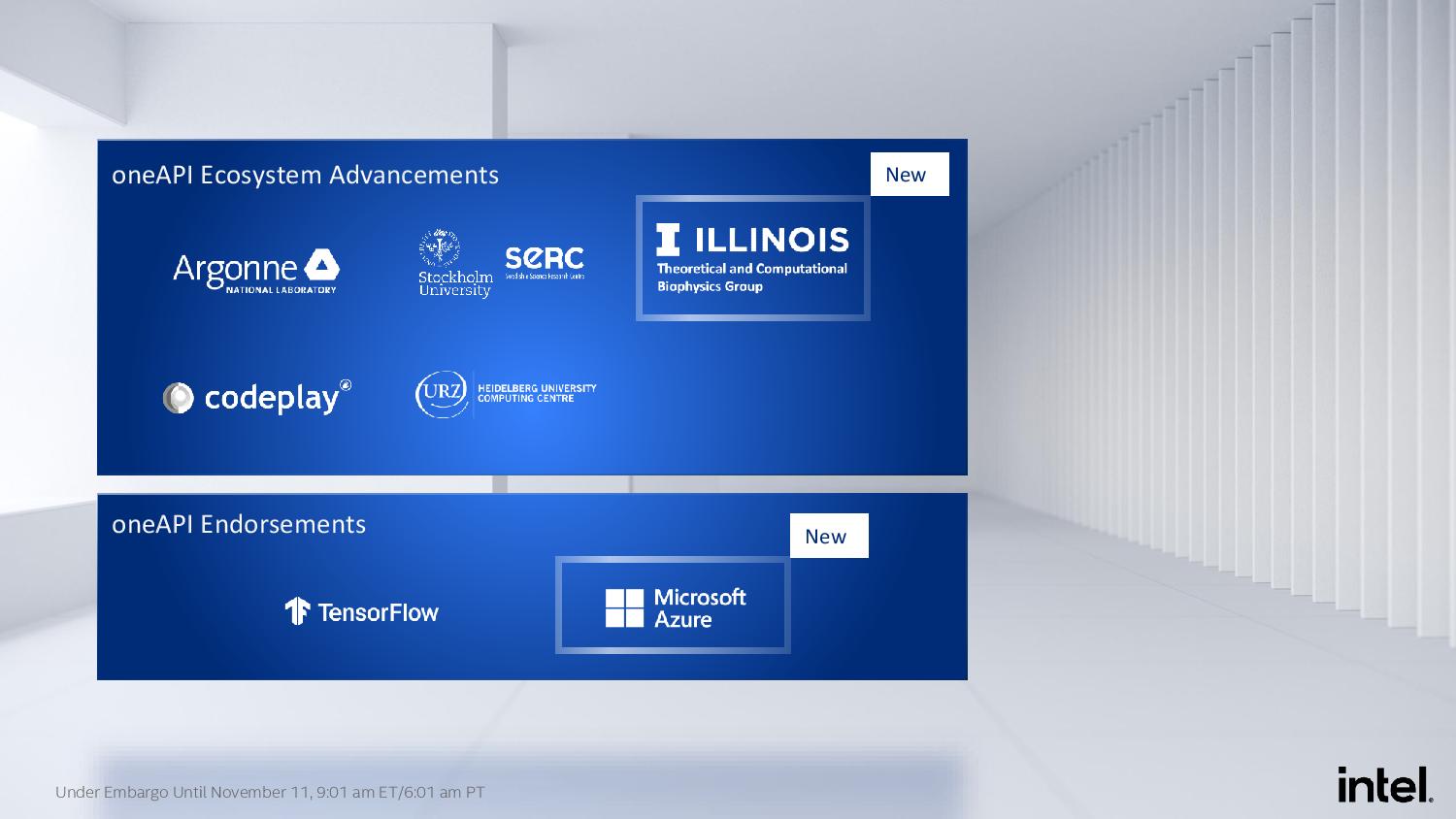
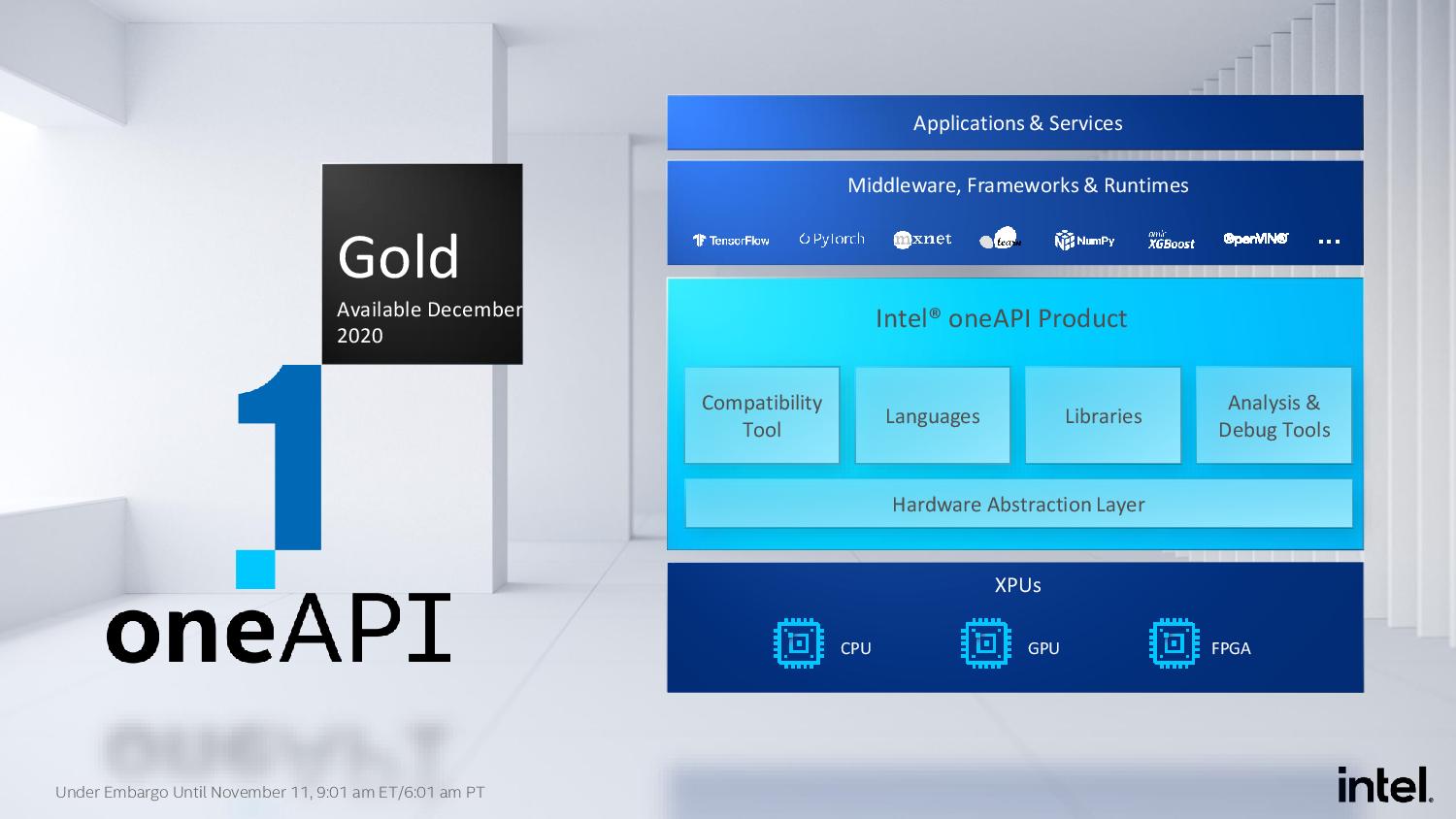
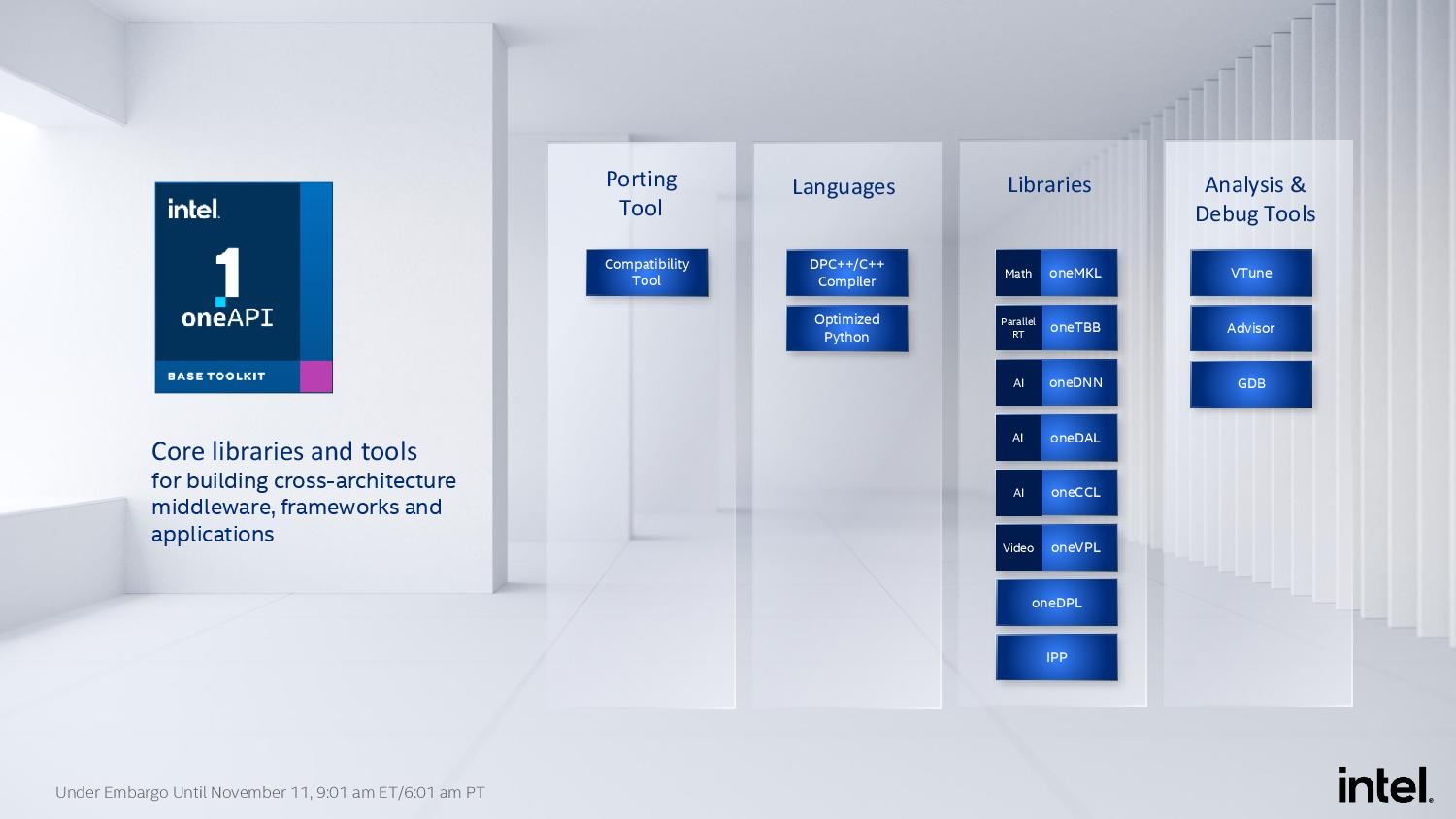
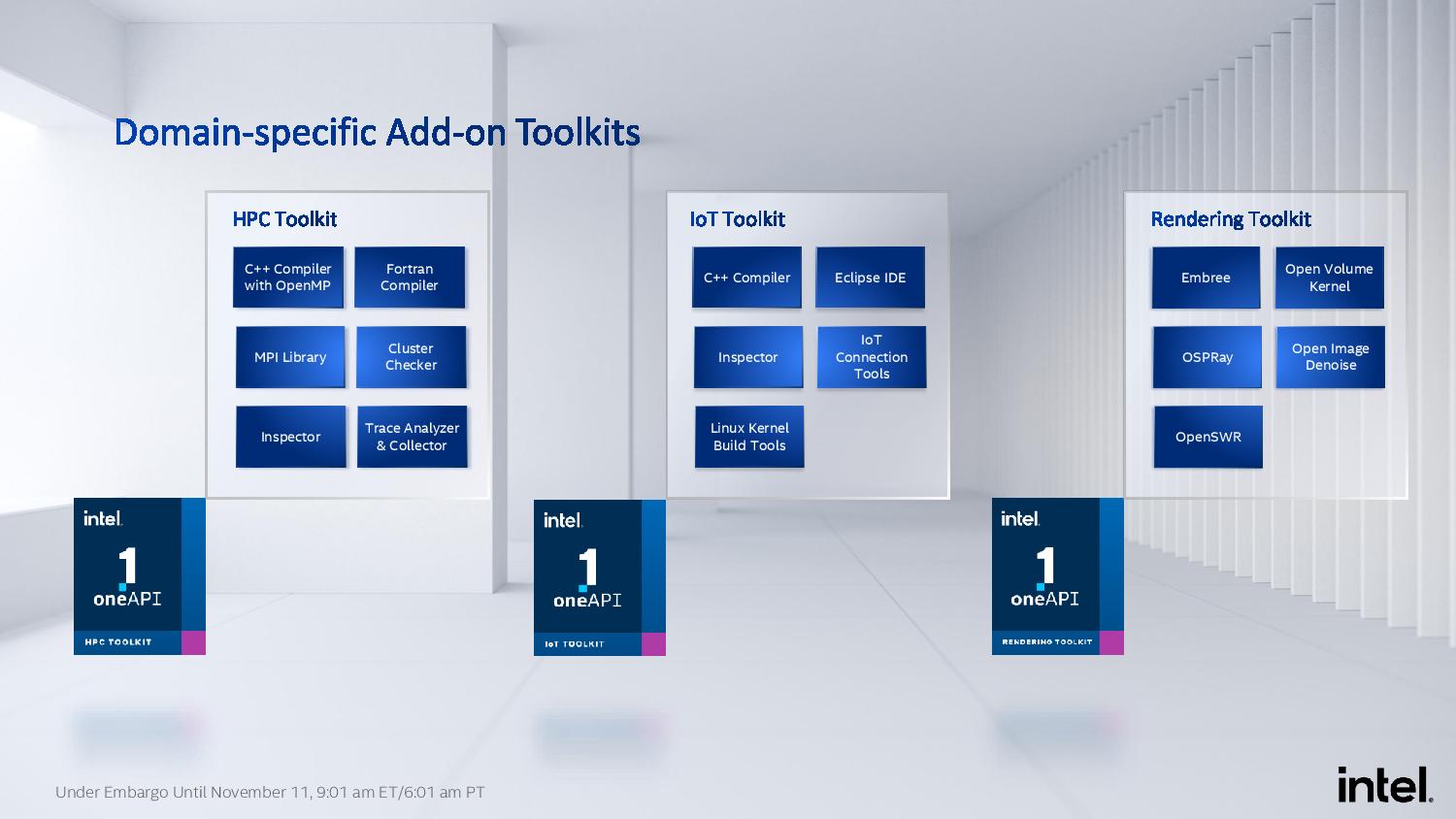
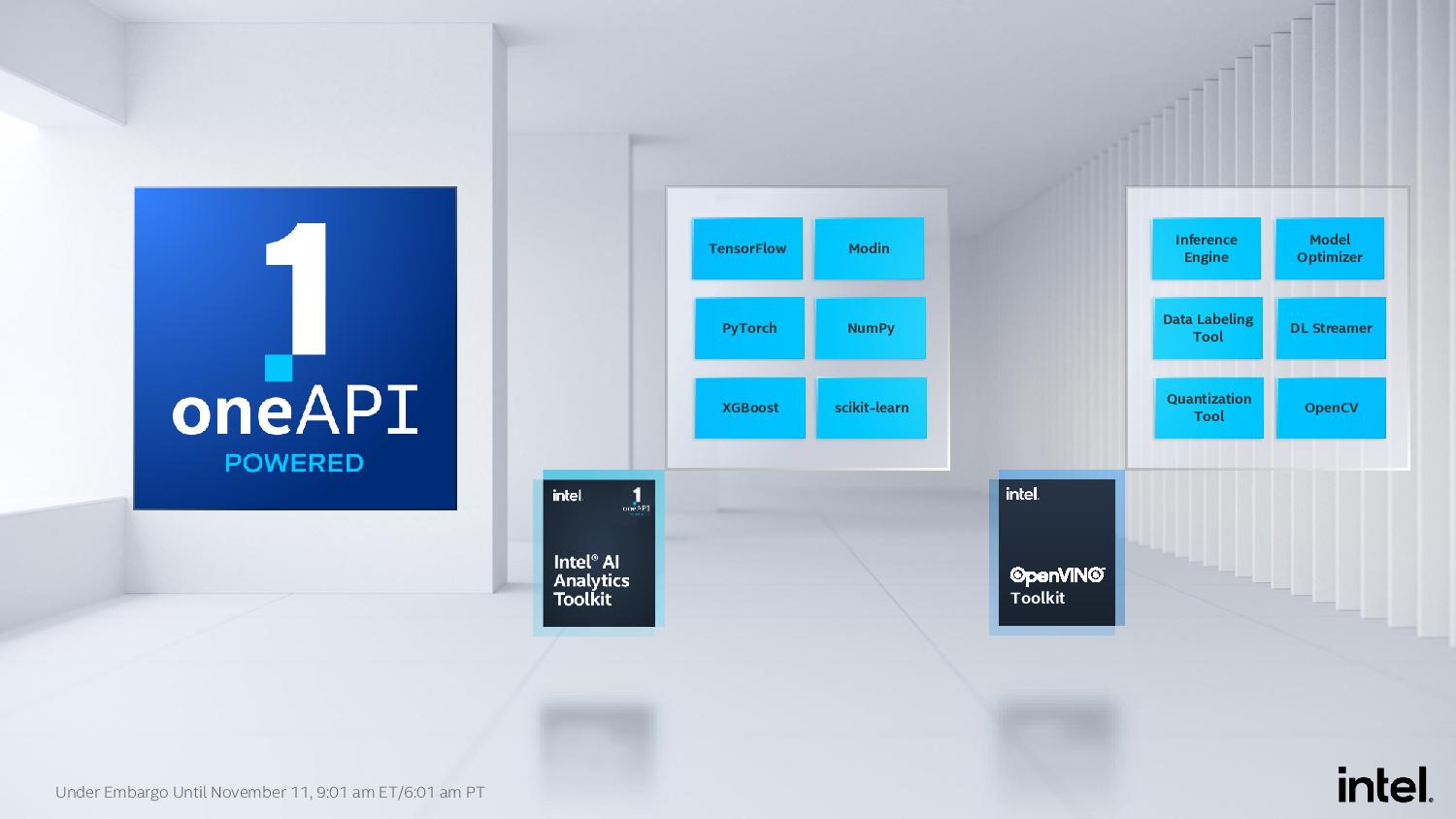
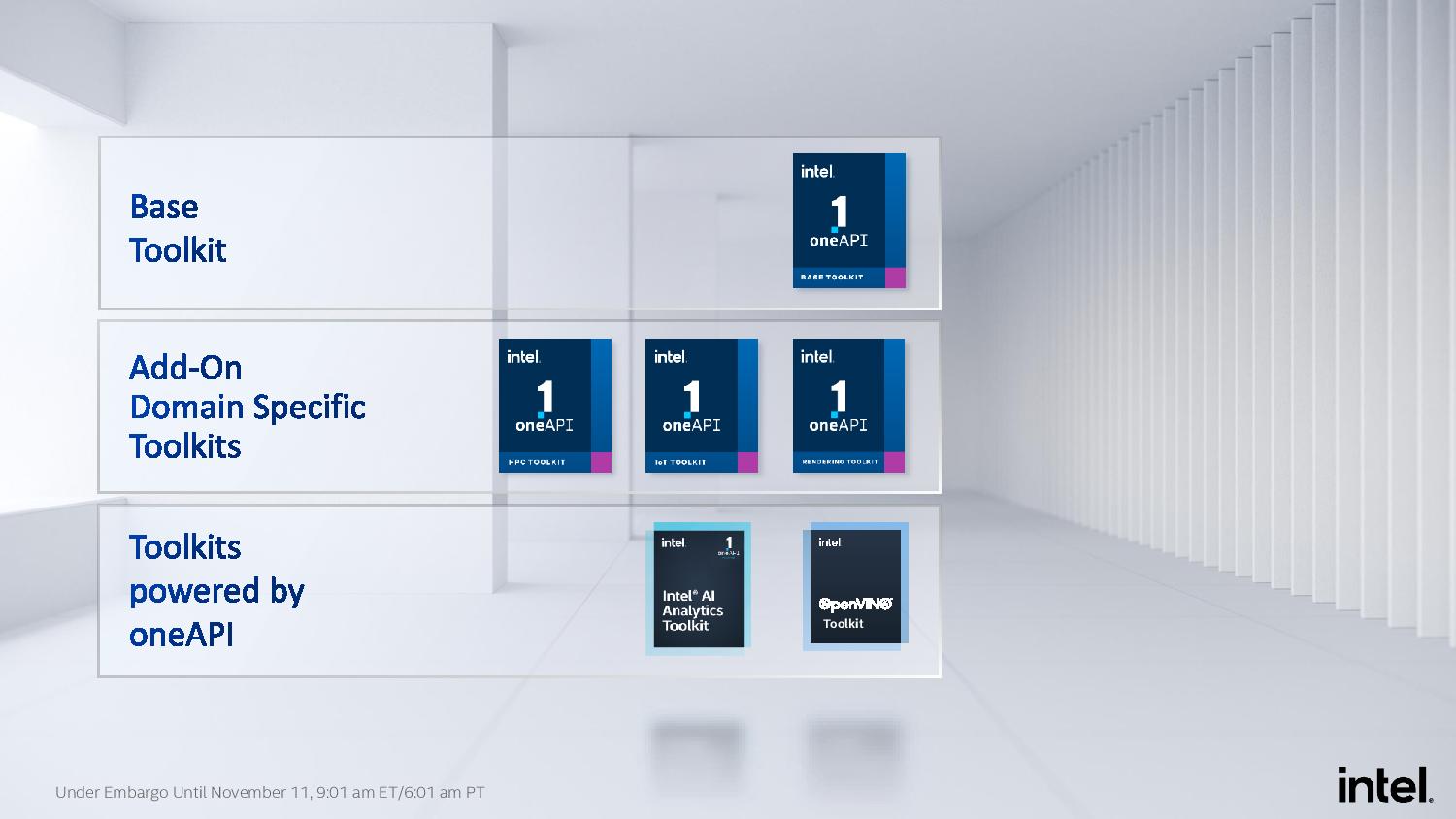


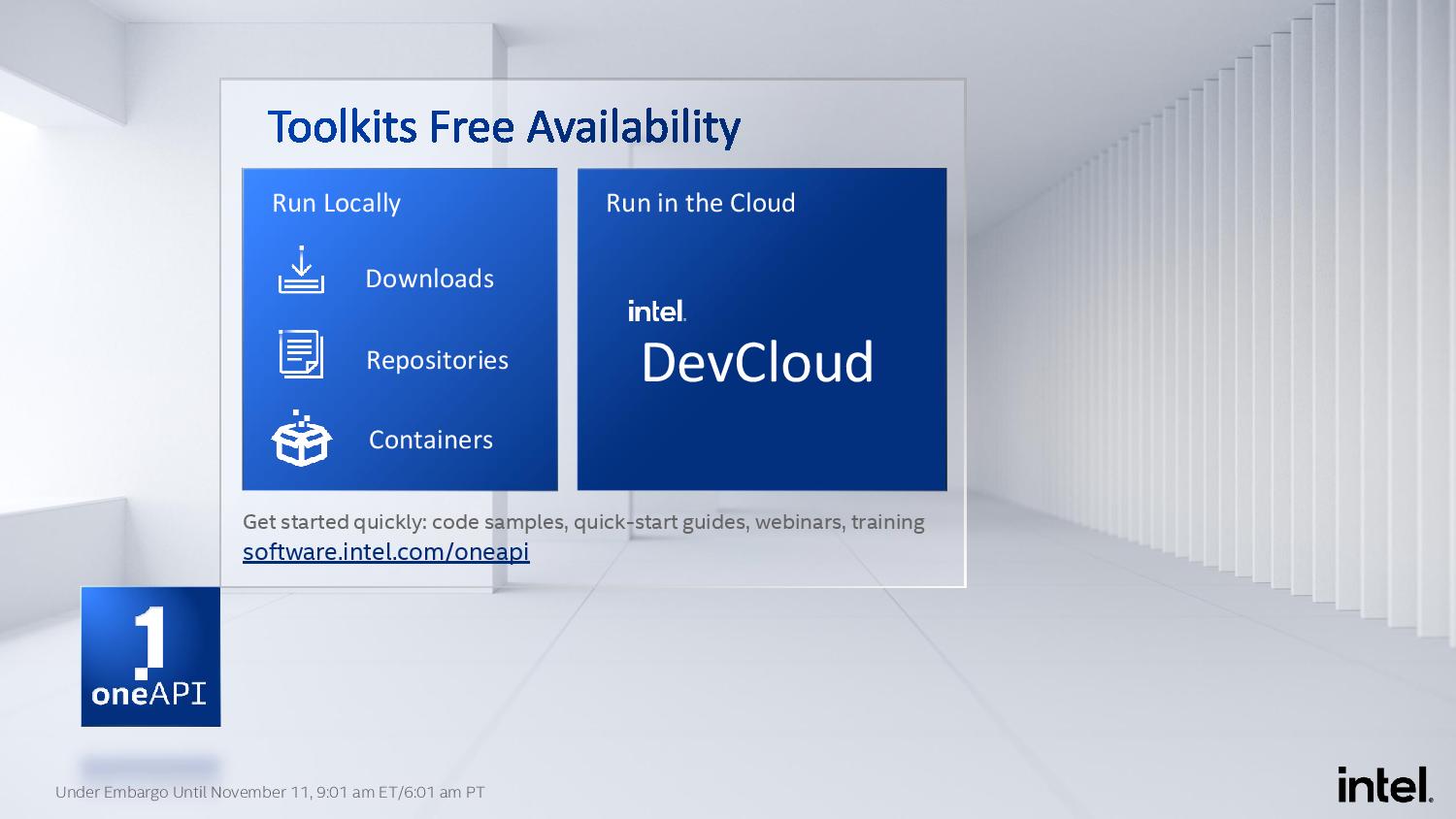

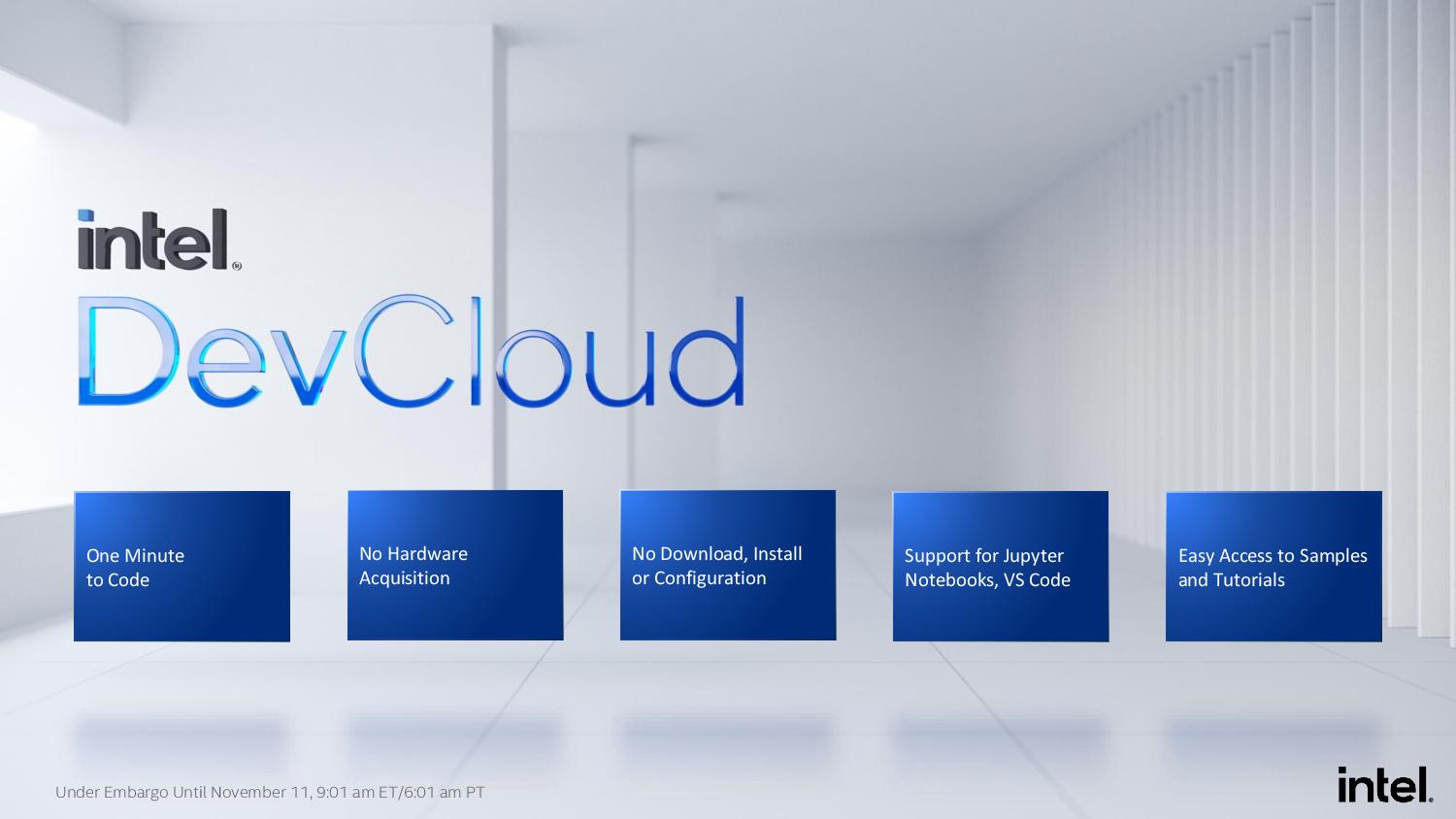
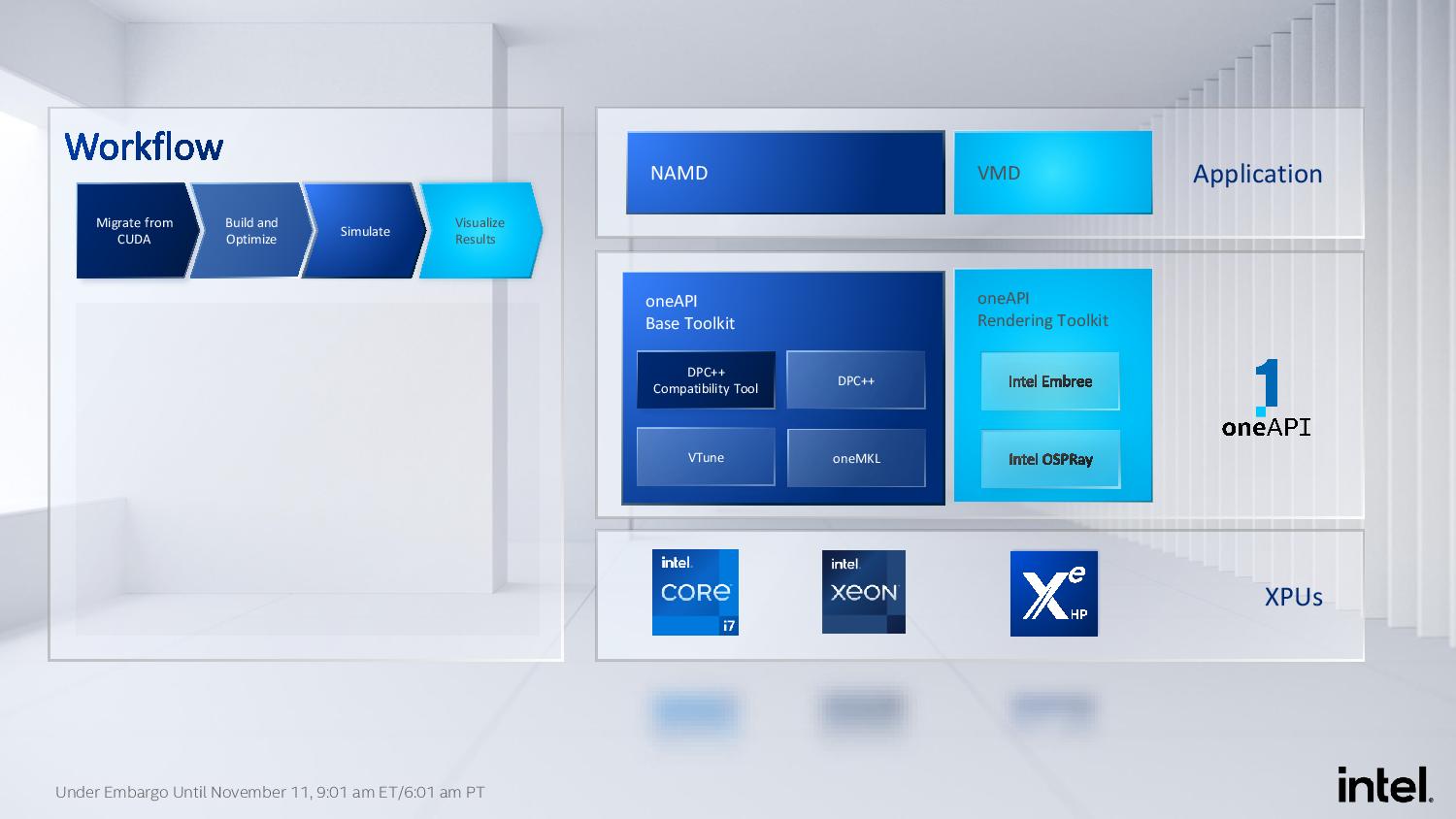
Intel also announced the Gold release (1.0) of its OneAPI Toolkits would arrive in December. OneAPI is a cross-architecture programming model designed to simplify programming across GPU, CPU, FPGA, and AI accelerators, and it works with both Intel hardware and chips from other vendors. The end goal is to make code easily portable between scalar (CPU), vector (GPU), matrix (accelerators), and spatial (FPGA) processors.
OneAPI provides unified libraries that will allow for applications to move seamlessly between Intel's different types of compute and supports AVX-512 and DL Boost. The OneAPI toolkits will be available for free in the Intel DevCloud, but the company also offers commercial versions that provide support from Intel's technical consulting engineers. Additionally, Intel's Parallel Studio XE and System Studio tools will immediately transition to OneAPI.
Intel will hold a OneAPI Developer Summit in November and share further details during the SuperComputing 2020 conference.

Paul Alcorn is the Editor-in-Chief for Tom's Hardware US. He also writes news and reviews on CPUs, storage, and enterprise hardware.